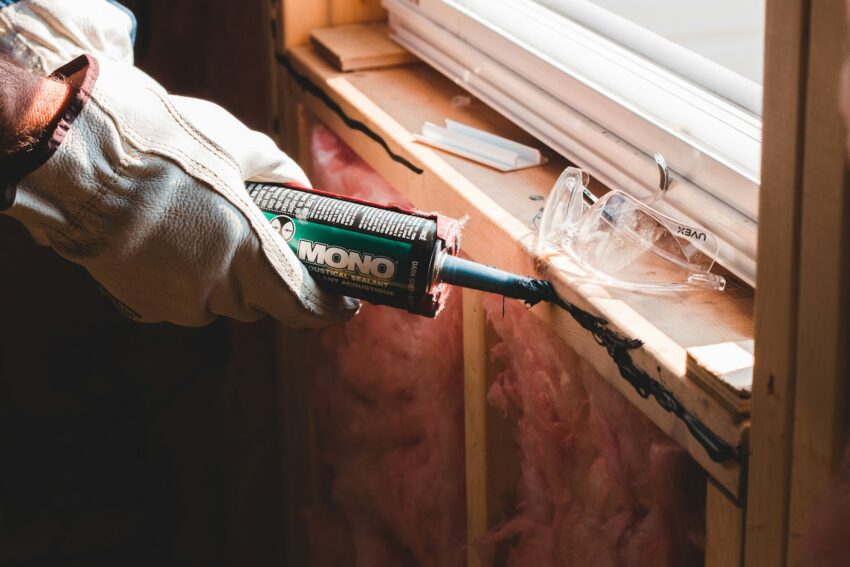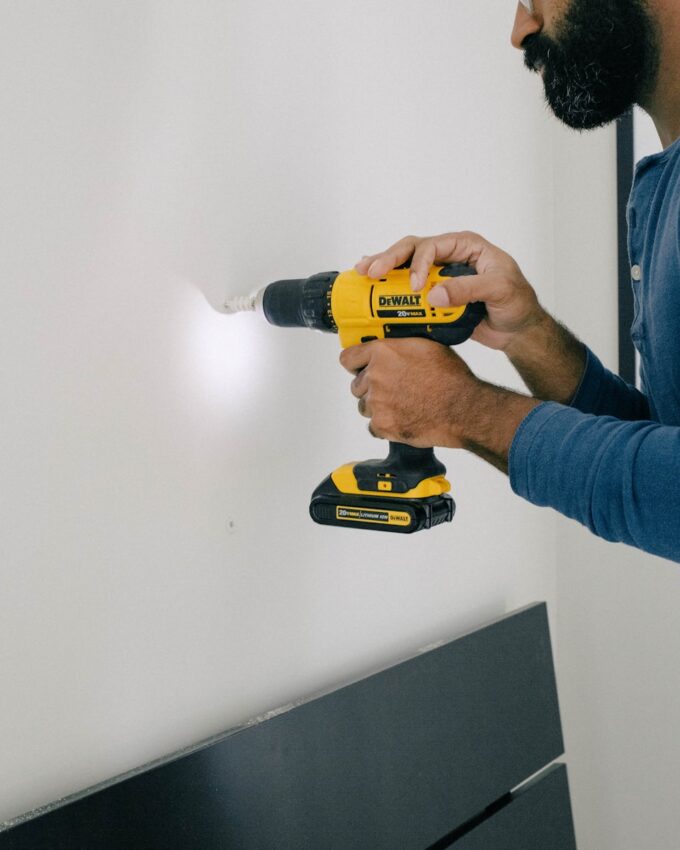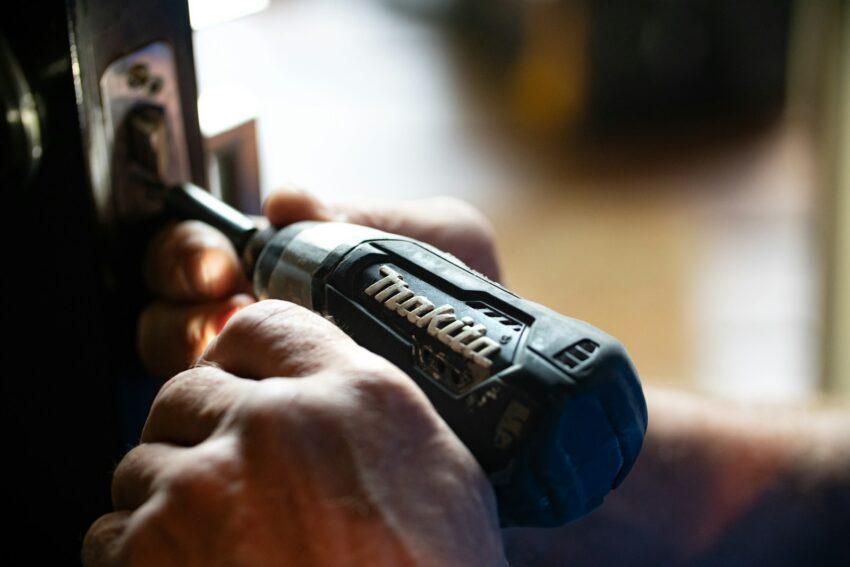Unexpected repairs are an inevitable part of maintaining a home. Whether it’s a leaking faucet, a sagging roof or a failed heater during a cold snap, these issues often arise without warning and carry unplanned costs. For families living on tight budgets, emergencies l can create significant financial stress. However, homeowners can manage urgent repairs without draining their savings by focusing on safety, tapping into available resources and planning strategically. Knowing what to do and where to turn makes all the difference when timing and budget are tight.

Prioritize What’s Urgent—And What Isn’t
Not all repairs carry the same weight. Knowing the difference between a must-fix and a can-wait issue is essential when money is limited.
Fix Safety Risks and Structural Problems First
If the problem affects plumbing, electricity, roofing or structural integrity, it deserves urgent attention. A leaking pipe can lead to mold, while faulty wiring raises fire risks. Focus on anything that endangers health, safety, or further damage. Look for telltale signs: flickering lights, damp patches or sagging ceilings.
Postpone Cosmetic or Low-Risk Issues
Minor wall cracks, squeaky doors, or outdated fixtures don’t need to be top of the list. These are aesthetic and can often wait until your finances allow for updates. Maintain a “repair queue” where you log non-urgent fixes, estimated costs, and future goals.

Budget-Smart Repair Tactics That Work
Emergency repairs call for quick, smart decisions. You don’t need to overspend to solve a serious problem.
Build a Modest Emergency Repair Fund
A small, separate repair savings fund—even R200 or $20 monthly—adds up over time. Set it aside automatically if possible. If you’re starting from zero, use the tips below while planning to grow this safety net going forward.
Do It Yourself—Safely
Plenty of repairs can be handled with basic tools and instructions. Replacing light fittings, sealing window gaps, or patching drywall are within reach if you follow quality DIY tutorials. But don’t stretch beyond your skill set. Electrical, gas, or plumbing jobs should be left to professionals unless you’re licensed.
Get Multiple Quotes and Ask for Alternatives
Never settle for the first quote. Skilled contractors often provide partial repair options, prioritize the most urgent work, or use secondhand materials for savings. Be clear about your budget from the start—many will try to accommodate if you’re upfront.

Financing Options Without Added Stress
When free help isn’t available, you may need to explore small-scale financing, but it should be done carefully.
Look Into Hardship Grants First
Many local governments, nonprofits, and utility providers offer hardship grants.. These programs often assist low-income homeowners or households with children, seniors, or health concerns.
Start by checking your municipality’s housing department. Nonprofits like Habitat for Humanity and some churches also run repair aid programs. Even if you don’t qualify for full coverage, they may offer referrals or partial support that reduces costs.
Consider Low-Interest Credit With a Plan
Credit cards or personal loans can fill the gap, but only if you’ve reviewed the repayment terms. Avoid high-cost payday lenders or unlicensed credit offers that could worsen your financial situation. Choose only what you can repay steadily.
Ask About Installment Payment Options
Some contractors and retailers allow payment over time, particularly for larger repairs. This might involve monthly installments, deferred billing, or bundled service plans. Always read the fine print and check for fees or penalties.
Preventative Maintenance Pays Off
You can’t avoid every repair, but regular upkeep can reduce emergencies and stretch the life of your home’s infrastructure.
Stick to a Seasonal Maintenance Routine
Each season, do a walkthrough. Clear gutters, check for leaks, test safety alarms, and reseal areas vulnerable to moisture. These simple actions often prevent more costly problems down the road.
Get Annual Inspections When Possible
Professional check-ups for your roof, plumbing, or HVAC systems can reveal issues before they spiral. Many utility providers offer discounted inspections, and insurance companies may reward preventative work with lower premiums.
Track Repairs, Warranties, and Contacts
Create a home file—digital or physical—where you log service visits, warranty expirations, and contractor details. When things break, you’ll have information ready instead of scrambling.
Reduce the Emotional Weight of Unexpected Breakdowns
It’s not just the money. Home repairs also cause anxiety, especially when you feel unprepared. But taking small, organized steps shifts the dynamic back in your favor.
Break Repairs Into Manageable Parts
Instead of seeing the problem as one massive bill, break it down. What can you fix now? What can wait? Can you contain the issue short term? Momentum builds clarity—and reduces panic.
Ask for Advice From Trusted Sources
Talk to experienced friends, licensed professionals, or online community groups. Often, they’ll suggest workarounds, cheaper materials, or temporary fixes that buy you time without risk.
Stay Organized and Realistic
Use a repair checklist, budgeting app, or spreadsheet to log costs, track progress, and plan next steps. Visibility over your situation turns stress into structure.
Managing Repairs With Control, Not Panic
Home repairs will never come at the right moment—but with the right approach, they don’t need to unravel your finances or peace of mind. Whether you’re applying for a grant, tackling a repair yourself, or financing over time, control comes from clear decisions and calm planning. It’s not about fixing everything immediately, it’s about doing the most important things first, protecting your household, and regaining balance one step at a time.
